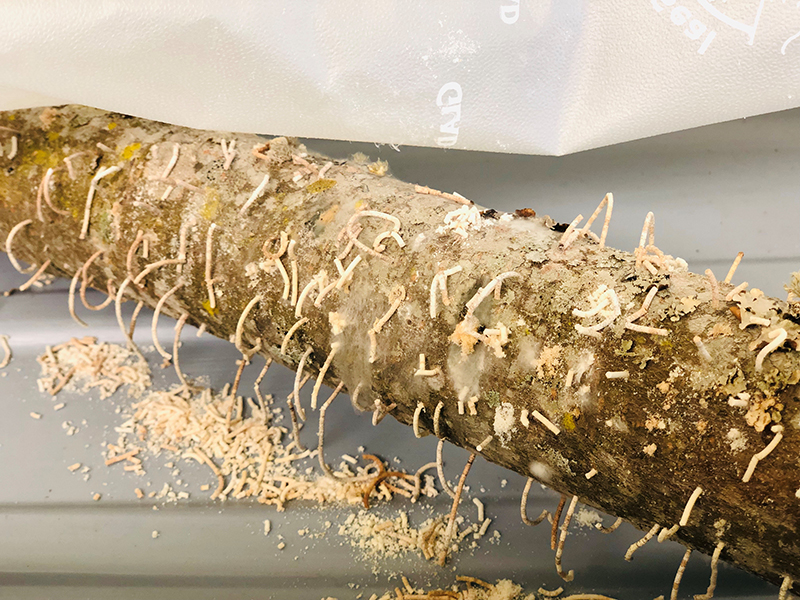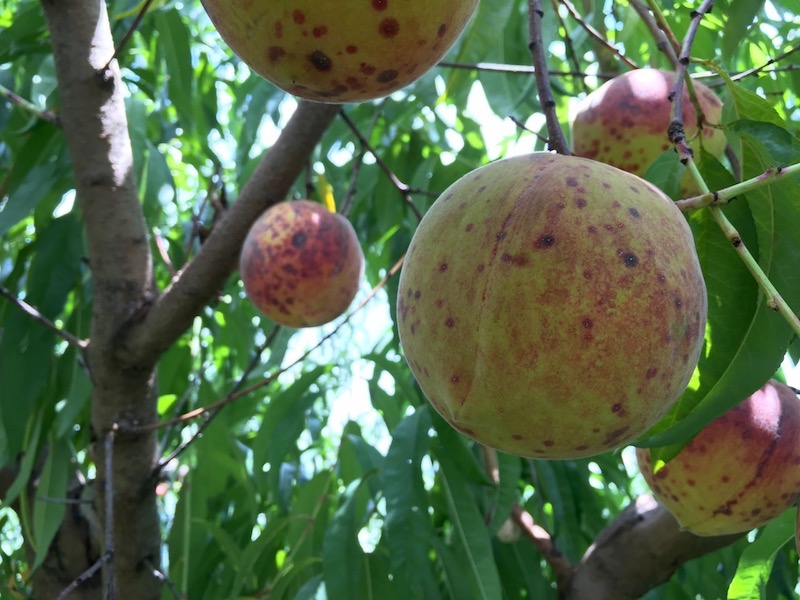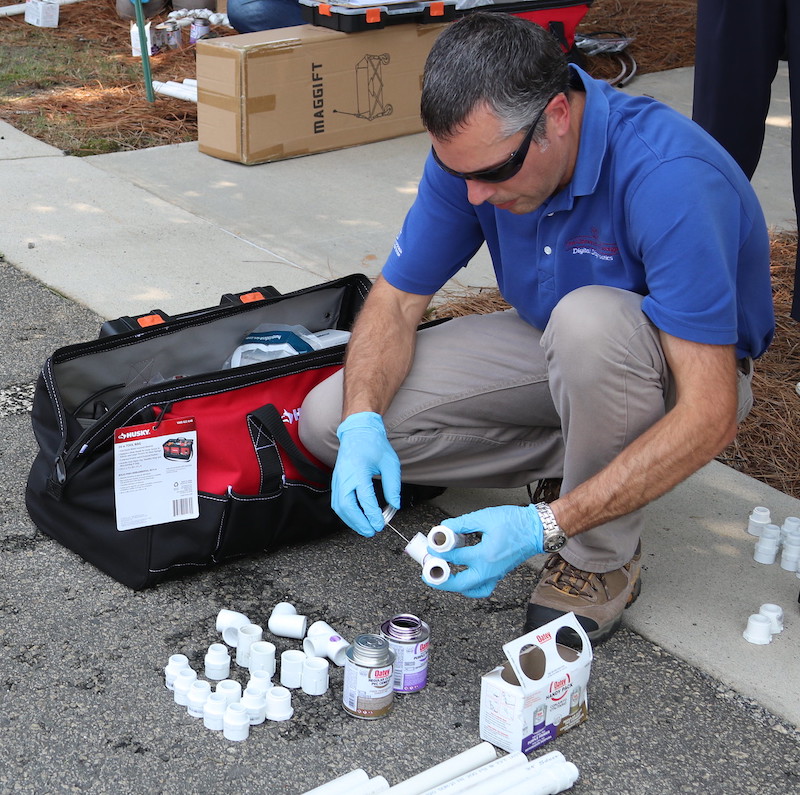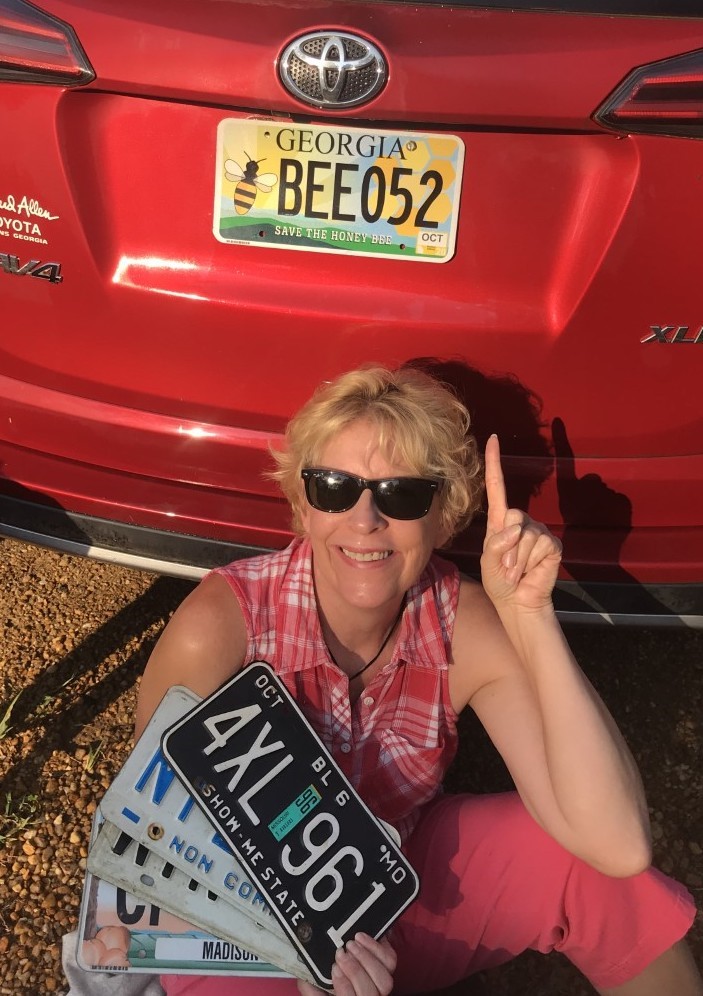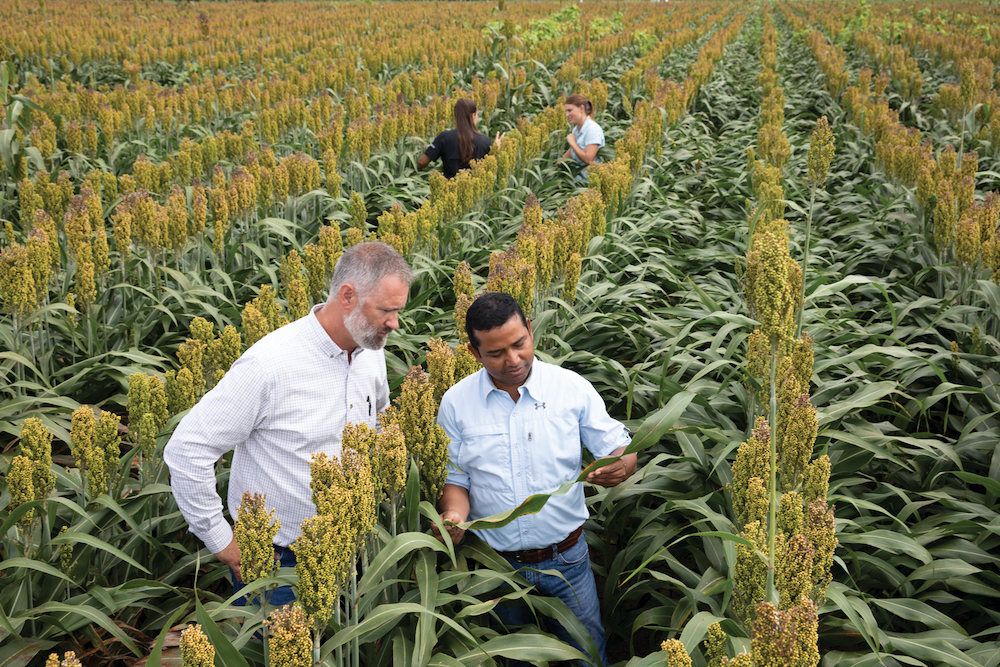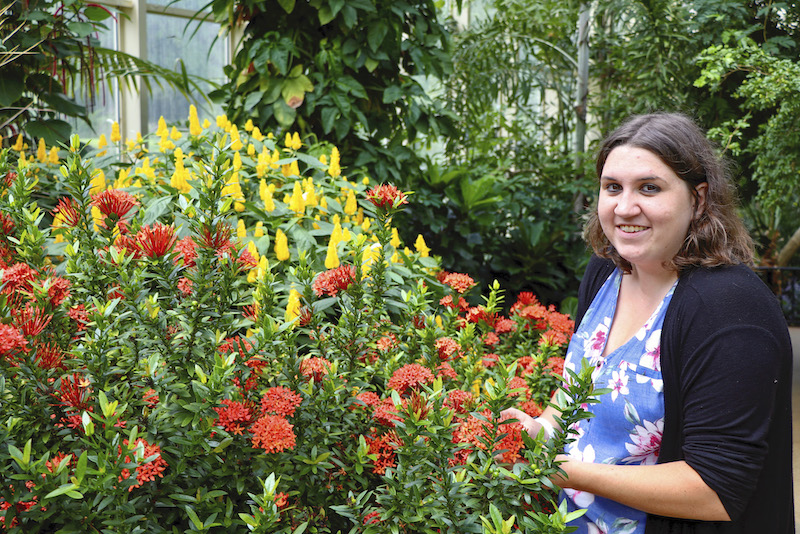 CAES News
CAES News
Birds thrive on farms
A study by the University of Georgia's College of Agricultural and Environmental Sciences and collaborators at The Nature Conservancy and Washington State University challenges the notion that native bird species only belong in wooded habitats. This study has found that diversified farms are mutually beneficial for producers and native wildlife, creating a system where conservation and production are equal priorities.

